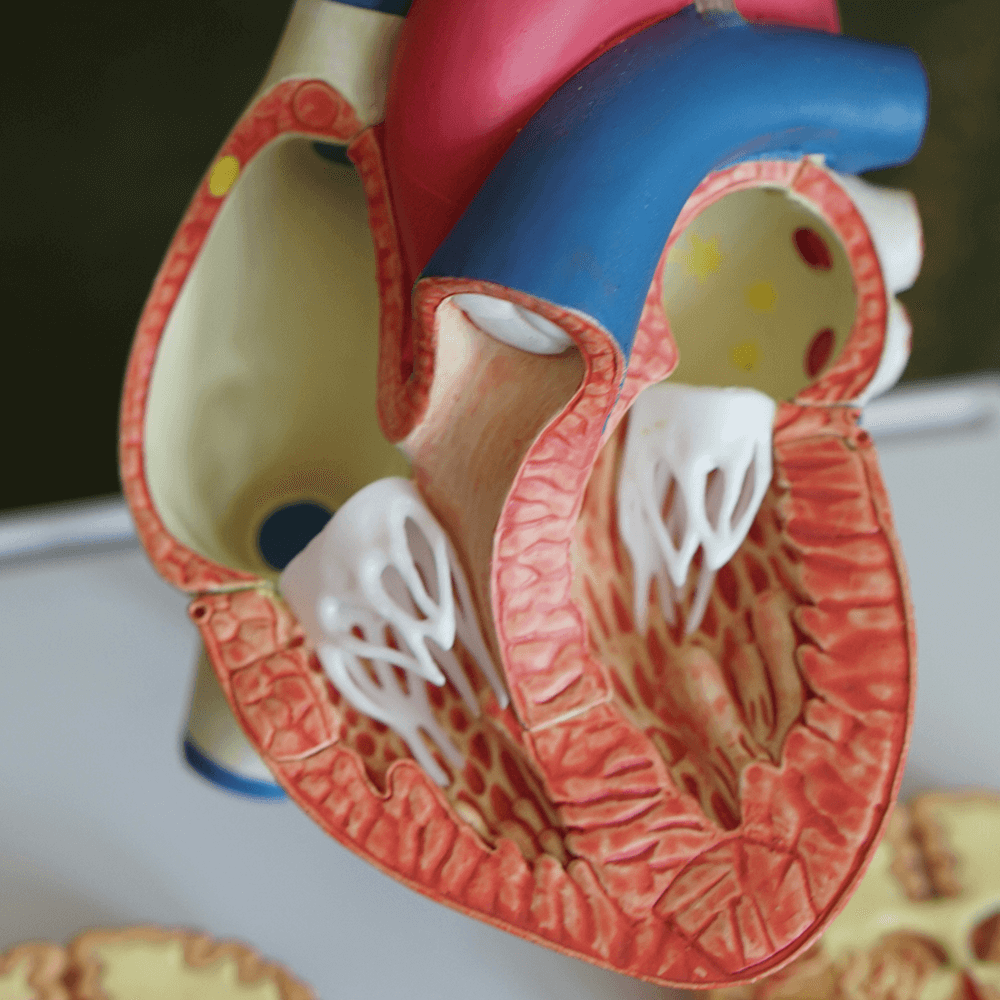“We have both the opportunity and capacity to forge a new level of connection with our patients, and it will be a huge benefit to do so. But to get there, we need to look at patient interaction in new ways — from a variety of perspectives,” she said during her President’s Address in the Arie Crown Theater Sunday morning.
The importance and value of increased patient interaction were key points in a lecture centered on changing perspectives. Dr. Jackson shared her love of photography and some of her own photographs while encouraging radiologists to see patients through a new lens to better understand health care from the patient’s point of view.
She called on her colleagues to step out of the secluded reading room noting that direct contact with radiologists is something patients desire and appreciate.
“For time-pressed radiologists, human connection reminds us of how critical our work is to real people and gets us back to our Hippocratic roots as physicians,” Dr. Jackson said.
Dr. Jackson refuted concerns of physician burnout resulting from added patient contact noting that breast and interventional radiologists demonstrate an alternative view, reporting generally high degrees of work satisfaction and a better connection to their patients and teams.
Additionally, the increased drive toward value-based care has led to rigorous assessment of patient experiences with patient needs, expectations and satisfaction receiving more weight across specialties than ever before.
Dr. Jackson acknowledged challenges presented by high case volumes, practice-boundary issues, RVU-based compensation plans and the basic anxiety some radiologists may feel with patient interaction.
“Many of us are quite comfortable with the socialization that may occur in the reading room, but less comfortable with interaction with patients, families and the health care team,” she said.
However, to become more comfortable with the uncomfortable, Dr. Jackson suggested following the example of photographers who change position and look at things from an unexpected angle or through a different lens.
“It takes courage to be willing, in the midst of the current environment in medicine, to make a conscious change in one’s perspective and then to translate that perspective into new ways of working,” she said.
Source: Perspective Change is Key to Reaching New Levels of Patient | RSNA 2019




